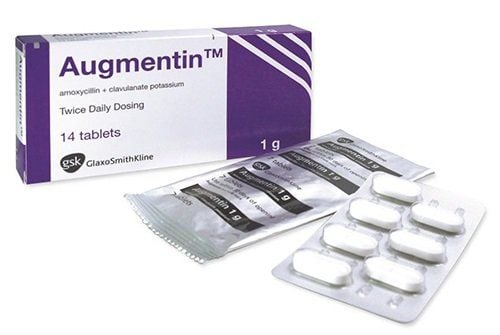Magnesium B6 is an additional medicine that helps supplement Magnesium (Mg) and Vitamin B6 (Pyridoxine) for the body when there’s a deficiency of Magnesium. So, which diseases are Magnesium B6 used for treatment and how should we take it?
1. What is Magnesium B6?
Magne B6 is a supplement commonly used to support the nervous system. It contains:
- Magnesium: This is a positive ion abundant in the intracellular. It helps to reduce nerve excitability and transmission. Magnesium also plays a role in many enzyme reactions in the body.
- Vitamin B6: A cofactor that aids in the absorption of Magnesium in the intestines and cells.
2. Which diseases are Magnesium B6 used for treatment?
Magnesium B6 is typically used to treat magnesium deficiency, whether or not it's also accompanied by a Vitamin B6 deficiency. When the body doesn’t have enough Magnesium to function properly, depends to level of deficiency, you might experience symptoms like:
- Fatigue or irritability
- Sleep disorders
- Gastrointestinal smooth muscle spasm
- Muscle pain, cramps, or twitching
- Seizures
- Arrhythmia
- ...
Since these symptoms are quite general, it’s important to see a doctor for tests to properly assess the issue.
You should avoid using magnesium B6 when:
- If you have severe kidney failure with a creatinine clearance rate below 30 ml/min.
- If you’re taking levodopa, as Vitamin B6 can interfere with its effectiveness.

3. How to take Magnesium B6?
Magnesium B6 is usually taken orally. It’s best to take it with meals and drink plenty of water. For the tube form, you can mix one vial with half a glass of water.
Follow your doctor’s instructions carefully and stop taking the medication once your magnesium levels return to normal.
Recommended Dosage:
For adults:
- Tablet form: 6 - 8 tablets, divided into 2 - 3 times per day
- Tube form: 3 - 4 tubes, divided into 2 - 3 times per day.
For children:
- Children over 6 years old (weighing >20 kg): 4 - 6 tablets or 1 - 4 tubes per day.
- Children 1 - 6 years old (weighing >10 kg): The liquid tube form is recommended, with 1 - 4 tubes per day.
4. Things to keep in mind when using Magnesium B6
You should not take Magnesium B6 in the following situations:
- If you’re allergic to any of the ingredients in the medication.
- If you have severe kidney failure with a creatinine clearance rate below 30 mg/min.
- If you have acute digestive conditions, such as undergoing gastrointestinal surgery like colostomy or ileostomy, intestinal obstruction, intestinal perforation, appendicitis or abdominal pain.
Take extra care if you have:
- A calcium deficiency, as magnesium should be corrected first before supplementing with calcium.
- The tablet form contains glucose, so it should be avoided by individuals with fructose intolerance or glucose malabsorption.
5. Possible side effects of Magnesium B6
Magnesium B6 can cause some side effects, such as:
- Nausea or vomiting
- Stomach discomfort, including pain and diarrhea
Let your doctor know if you experience any unwanted side effects while taking this medication.

6. Drug interactions with Magnesium B6
Some medications may interact with Magnesium B6 and affect its action or the action of other drugs:
- Magnesium B6 can reduce the effectiveness of antibiotics like Tetracycline and some others such as Fluoroquinolones (Ciprofloxacin, Levofloxacin, Ofloxacin…). In case you need to take both, make sure to space them out by at least 2 hours.
- Avoid combining Magnesium B6 with drugs that contain phosphate or calcium salts, as they can interfere with magnesium absorption in the intestines.
- Don’t use Magnesium B6 with Levodopa, as Vitamin B6 can reduce its effectiveness in treating Parkinson’s disease. However, this issue doesn’t occur if you’re using a combined levodopa-carbidopa treatment.
Magnesium passes through the placenta and reaches the same levels in the placenta as in the bloodstream. Only use Magnesium B6 during pregnancy when necessary.
Magnesium and Vitamin B6 are generally considered safe for breastfeeding women. The recommended daily dose of Vitamin B6 for breastfeeding women is 20 mg (equivalent to 4 tablets or 2 tubes).
Here is some important information about Magnesium B6 supplements. It is recommended that you should inform and ask your doctor before taking it.
Please dial HOTLINE for more information or register for an appointment HERE. Download MyVinmec app to make appointments faster and to manage your bookings easily.













